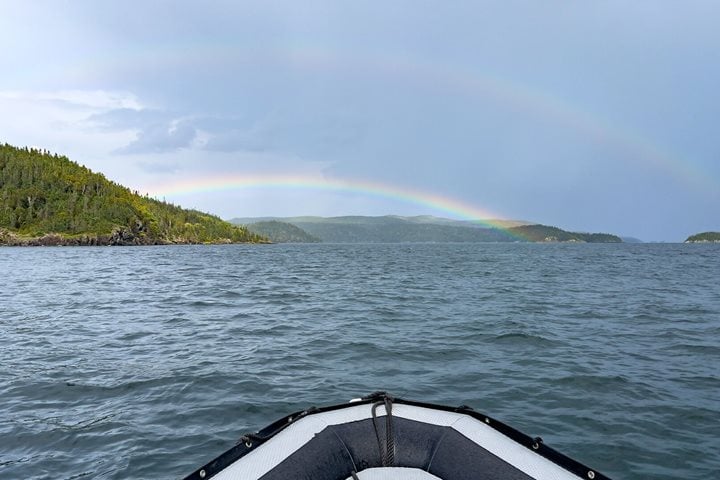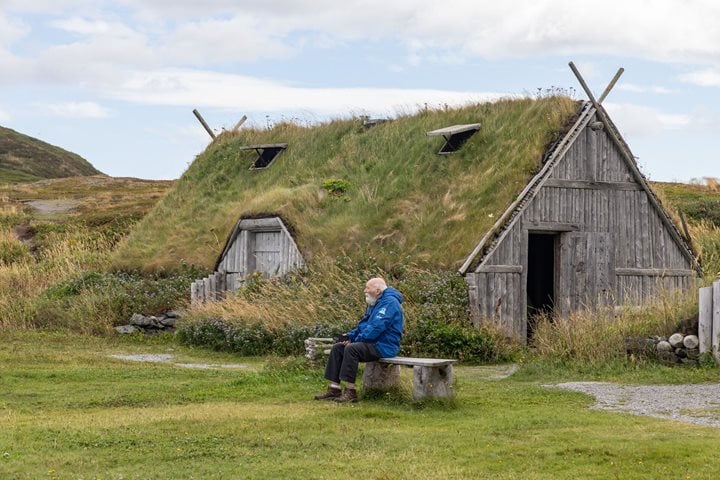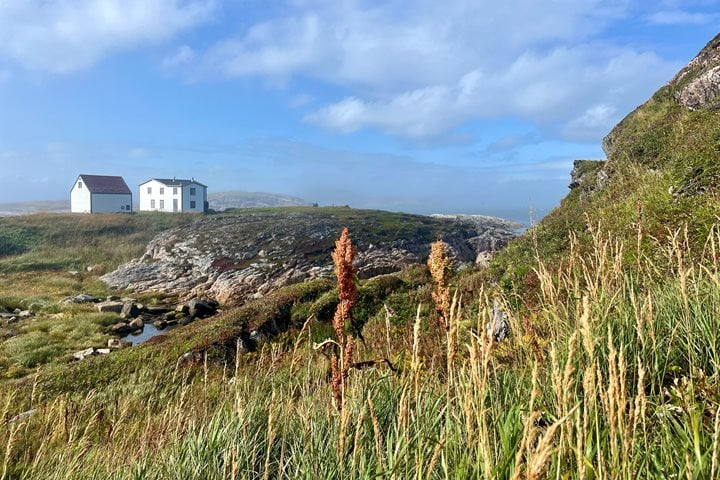“…Oh, it was wild and weird and wan,
and ever in camp o’ nights
We would watch and watch the silver dance
Of the mystic Northern Lights.
And soft they danced from the Polar sky
And swept in primrose haze;
And swift they pranced with their silver feet,
And pierced with a blinding blaze.
They danced a cotillion in the sky;
They were rose and silver shod;
It was not good for the eyes of man,
‘twas a sight for the eyes of God.
It made us mad and strange and sad,
And the gold whereof we dreamed
Was all forgot, and our only thought
Was of the lights that gleamed…
Some say that the Northern Lights are the glare
Of the Arctic ice and snow;
And some that it’s electricity,
And nobody seems to know…”
- The Ballad of Northern Nights, Robert Service
All on board the National Geographic Explorer have had the opportunity to experience the northern lights personally as we explore these fabled lands of the arctic. For the second time on this expedition, late last night and into the early morning hours, the skies danced and shimmered, greens and purples directly over the ship.
Robert Service may not have known the cause of the aurora borealis, named after the Roman goddess of dawn, Aurora, and the Greek name for the north wind, Boreas, but we do. Science explains the northern lights as a natural light display, where highly charged particles ejected from the sun collide with atoms of oxygen and nitrogen high in the earth’s thermosphere. These charged particles are directed by the earth’s magnetic field into the atmosphere along a band known as the auroral zone, which is typically 10 to 20 degrees from the earth’s magnetic poles.
Science aside, the sky presented an ever changing palate of light and color, much to the wonderment and awe of those who chose to leave the comfort of their cabins for the wind swept decks. The light show was the reward.
On approach to Akpatok Island, the call came from the bridge where keen eyes had sighted the morning’s first polar bears. As the ship circumnavigated the island deep inside Ungava Bay, we were surrounded by thousands of thick-billed murres who nest on the rocky cliffs. Akpatok Island is the largest island in Ungava Bay and is named for the “Akpat,” the thick-billed murre.
Polar bears know about the nesting sites as well, where young chicks who still cannot fly leap from on high to the talus or water below. Hungry polar bears comb the shoreline looking for those who do not survive the leap. For polar bears this light snack is like manna from heaven. Twenty-four polar bears in all were sighted along Akpatok Island.
But wait dear reader, there is more to this amazing day. Just as we were preparing to put these words to bed, and soon follow ourselves, the northern lights came dazzling back overhead. Dawning our cold weather gear and grabbing our cameras, we moved with anticipation to open deck space as the magic light again shown before us.
And so the day ended just as it had begun, at the stroke of midnight, under the aurora.






